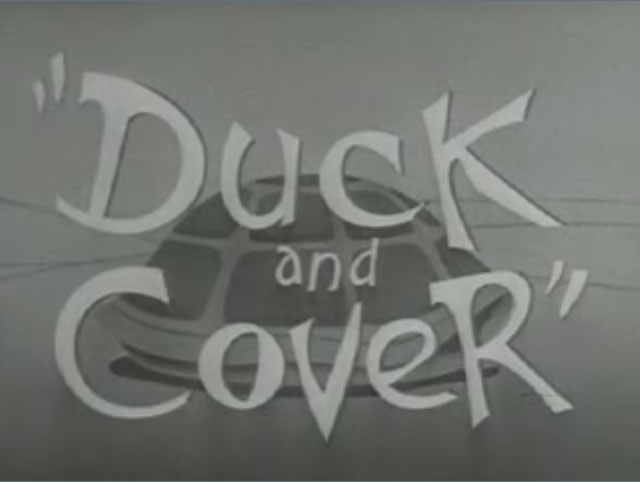 Anthony Atala knows a lot about our body and how it works. He also knows how we can regenerate our organs just like a salamander. Atala shows that the technology in medicine has advanced to the level that we are able to regenerate organs in our own body.
Anthony Atala knows a lot about our body and how it works. He also knows how we can regenerate our organs just like a salamander. Atala shows that the technology in medicine has advanced to the level that we are able to regenerate organs in our own body. Atala’s TED talk on growing new organs exemplified some different styles. He begins by discussing about the first organ transplant (kidney) that was performed in Harvard Medical College. Next, after comparing the transplants from today to 1954 he gives a quote, “Every 30 seconds a patient dies from diseases that could be treated with tissue transplant.” This reinforces that we need more people employed in medicine to treat patients and reduce death. Atala is one of the first TED speakers to present a video which showed how cells expand. Videos and animations enhance his presentation because people can relate to what he is saying. One important visual he presented was a salamander regenerating a limb that had been cutoff; he then explained how the limb regenerated with the scar. This was an important effect because the audience could see the objective of this technology. He also showed an animation of the procedure used to engineer the first organ, the bladder. It was effective because the animation showed the time process, about 6-8 weeks, which lets people realize that this is slow process and the regeneration won’t happen overnight. To end his TED talk, Atala shows a cartoon called “How to Stop a Runaway Stage,” because he said it represents the time and amount of people it takes develop these technologies in medicine.
If Atala said that every 30 seconds a patient dies, then the rate of people dying is too high. But with the technology to regenerate organs, less people will die. That means more people will be treated in the hospitals, which will increase the need for medical employment. Additionally in 2011, the first people of the baby boom, those born in 1946, will be 65 and probably require medical treatment. The country will need an increase for the next 18+ years as the youngest baby boomers are still only 47. Many will have kidney failures so this technology will be beneficial in the near future. Atala also described other unusual methods for organ regeneration; the doctors used a normal desktop printer to help regenerate a heart. They printed it out normally, but obviously took a bit longer than a piece of paper (40 minutes). Technology is very advanced in medicine; we can get cells from almost every organ in our body except the liver, heart, pancreas, and nerves, which can only be regenerated with stem cells. Even though the technology is strong the process still takes a very long time. Atala said that to regenerate some of these organs it took 700 researchers and 20 years to be able to get where we are today.
What matters…medicine requires more right-brained thinking then we realize. The 700 researchers had to be creative and use out of the box thinking in order to solve the equations for regenerating organs. The researchers used some of the methods that Daniel Pink described in A Whole New Mind, such as symphony, by using two disparate objects (heart and printer) to find a way to regenerate cells in a heart. As the baby boomers slowly find themselves in a hospital, more people from my generation will need to be employed in the medical field, why which will enable me to become a physician. However, to excel in right-brained medicine, education systems should incorporate right-brained thinking. So far at Arapahoe, I haven’t crossed that path. Some of the labs involve a little bit and creativity and perspective, but I don’t have lab every day. In our lecture class for the past couple of weeks we have followed the same basic, left-brained process in learning about the body systems. We follow the same process, take notes, read an article and take a quiz. The knowledge of science is very left-brained; applying it requires the other side of the brain. Many countries in the world are using right-brained thinking to develop new kinds of medicine. In the past year the Swine Flu virus broke out, so many countries have been developing vaccines. China has developed one, as well as pharmacists in Switzerland, while Germans produce the vaccine. These countries had to use right-brained thinking to develop the vaccine which contains squalene or other oil in water adjuvants. The United States is competing with many other countries in medicine, which will lead to a rapid increase in medical technology throughout the world, which will benefit everyone.





